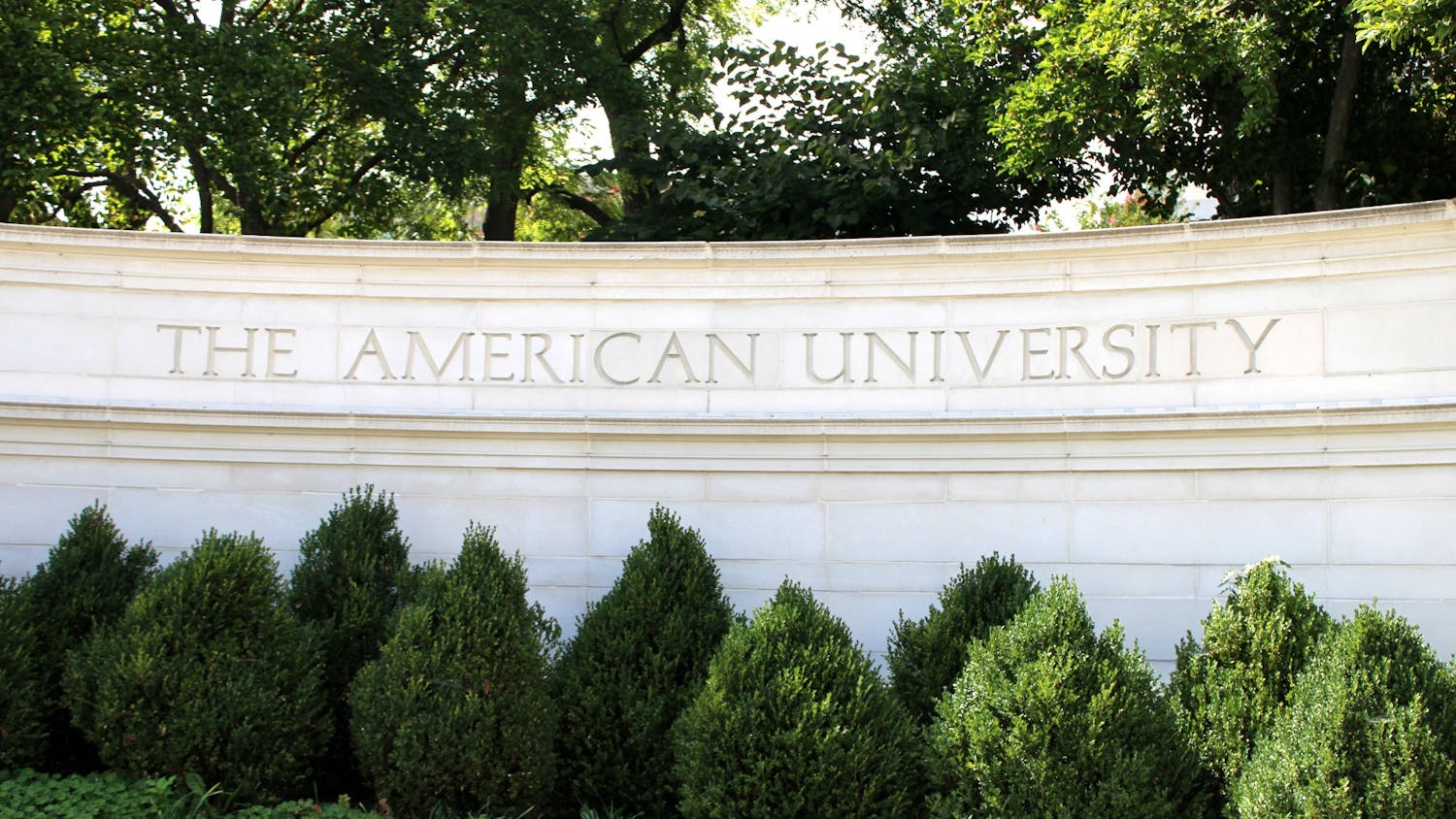As the heavy travel of the holiday season approaches, airlines are stepping up screening processes for water on passenger aircraft after the Environmental Protection Agency reported that there is bacteria in the drinking water of many planes.
The EPA randomly tested water supply tanks on 158-passenger aircraft between Aug. 3 and Sept. 9 and found strains of coliform or E. coli in 20 cases of restroom or kitchen sinks.
According to the Air Transport Association, which represents major American airlines, EPA regulations say there must be two positive samples from the same source to have a violation. In retests, eight of the 20 positive samples from 158 aircraft were tested as positive.
The EPA tested both domestic and international carriers. Officials advise passengers whose immune systems are compromised to avoid drinking water from airplane kitchens or restrooms.
In the United States, water loaded on aircraft comes from public water systems, which are regulated by state and federal authorities, according to the EPA. That water may be delivered to airplane holding tanks by pipes from the airport or a hose from a water tanker.
EPA statistics show that airline drinking water is actually safer than typical U.S. municipal drinking water.
Nancy Young, managing director of environmental programs and assistant general counselor for the Air Transport Association, said the ATA is stepping up water screening precautions even though the Centers for Disease Control and Prevention has not reported any illnesses linked to airline drinking water.
"We believe that EPA overstated its results," Young said. "The real number is 5 percent, not 12 percent."
Previously, the EPA let each airline devise its own systems for keeping drinking water safe as long as EPA guidelines were followed and the EPA approved these programs for each carrier. The airlines could check their water as frequently as they wanted.
A new agreement between the EPA and ATA that began about two weeks ago specifies standard sampling and disinfection protocols to be applied across the board.
It calls for the airlines in the ATA to sample drinking water from each plane in their fleets during the next year and report results to the EPA four times each year.
Alaska Airlines, Aloha Airlines, American Airlines, America West, ATA Airlines, Continental Airlines, Hawaiian Airlines, Jet Blue, Midwest Airlines, Northwest Airlines, United Airlines and US Airways are included in the agreement.
These carriers will standardize the disinfection rate of aircraft drinking water systems to four times a year and drinking carts to once a month. If tests are positive for bacteria, the aircraft will immediately disinfect its drinking water system or stop offering water until the disinfection.
The EPA regulations call for a repeated sample to be taken to confirm results before disinfecting a drinking water system.
The arrangement can be modified as ATA airplanes and the EPA learn more from the program. Until then, drinking water provisions will be revised to see how they may be adapted to fit aircraft water systems.
The ATA is "focusing [its] efforts ... on getting the data necessary to answer the questions raised by EPA sampling while ensuring that our aircraft drinking water management programs are fully protective," Young said.
Delta and Southwest airlines are negotiating separate agreements with the EPA, which will also work with regional and charter aircraft carriers about drinking water quality.
Young said that questions remain as to why the EPA sampling results were so different from the results of an extensive study carried out by the ATA and a different study that Food and Drug Administration conducted. She did not say when these tests took place.
Some AU students said that reports of bacteria would not affect what they drink on airplanes during the upcoming holidays.
"I don't give in to hype," said Hannah Ellsworth, a freshman in the College of Arts and Sciences.
Kathryn Leighton, another freshman in CAS, said there are ways to get around bad water.
"That's why I always take my own bottled water on planes," she said.




